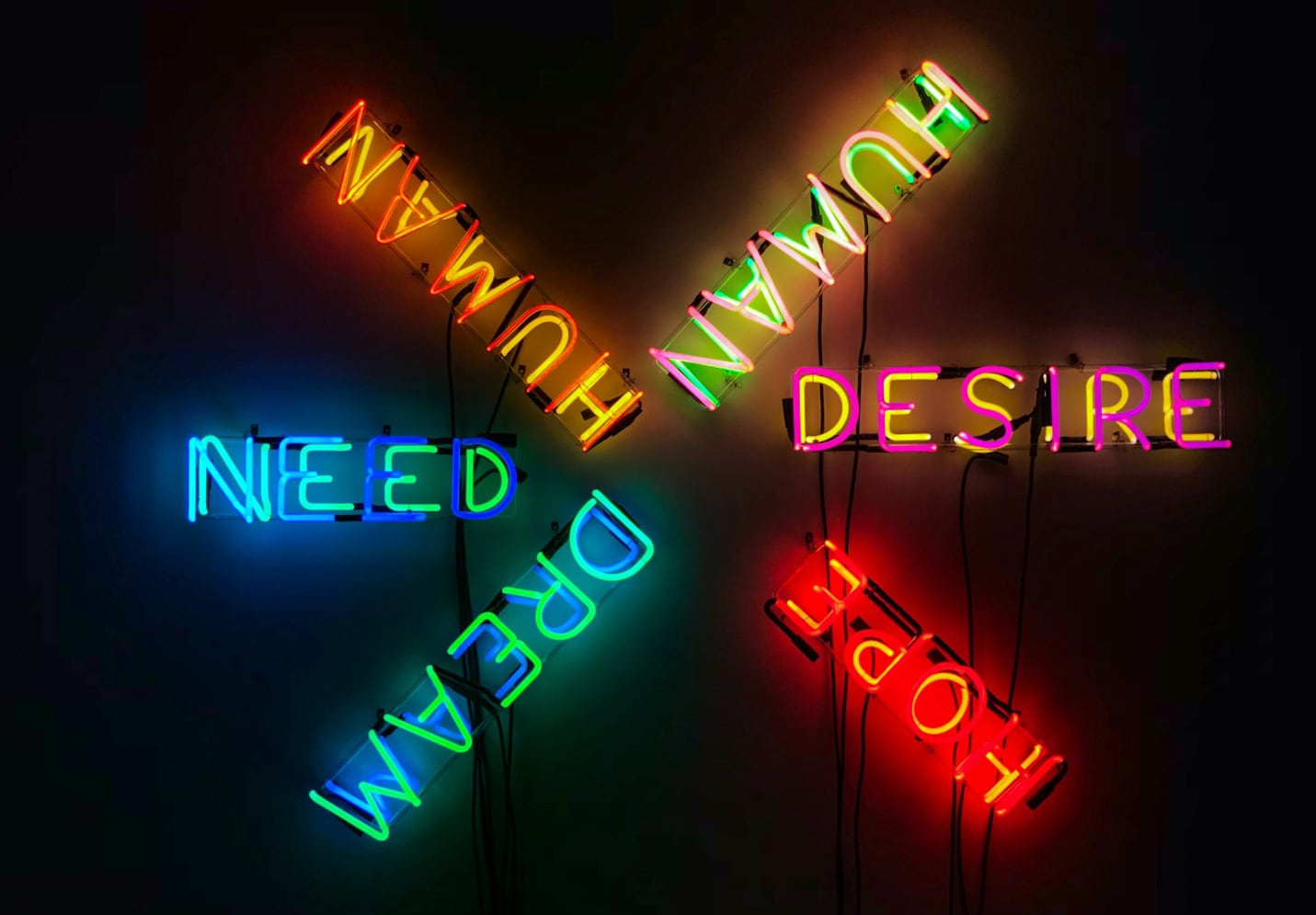No products in the cart.
Affective Web Design: Crafting an Emotional Connection with Users
In today’s digital landscape, where attention spans are shorter than ever, designing a website that not only captures users’ interest but also connects with them on an emotional level is essential. Affective web design is the answer to creating such an engaging online experience.
This design approach combines aesthetics, usability, and emotion to establish a deep connection between users and the digital products they interact with. By understanding the psychological and emotional needs of users, designers can create websites that resonate with their target audience, leading to increased user satisfaction, engagement, and ultimately, conversions.
First and foremost, the importance of aesthetics in affective web design cannot be overstated. A visually appealing website is more likely to hold users’ attention and create a positive first impression. To achieve this, designers must employ a harmonious combination of colors, typography, and layout.
Color psychology plays a crucial role in evoking emotions and influencing users’ perception of a brand. For instance, warm colors like red, orange, and yellow can convey excitement and energy, while cool colors like blue, green, and purple can evoke feelings of trust and tranquility.
Similarly, typography can influence how users interpret the content on a website, as different fonts can communicate various emotions and messages. In addition, a well-thought-out layout can facilitate seamless navigation and improve the overall user experience.
Usability is another key component of affective web design. To create a positive emotional connection with users, a website must be user-friendly and easy to navigate. Designers should prioritize simplicity, clear information architecture, and intuitive navigation to make it effortless for users to find what they’re looking for.
Responsive design, ensuring that the website works flawlessly across various devices and screen sizes, is also crucial in providing a seamless experience to all users. By removing barriers and frustrations, a usable website can foster a positive emotional connection between users and the digital product.
Finally, incorporating emotion into web design is the essence of affective web design. By understanding users’ emotions and how they interact with digital products, designers can create experiences that leave a lasting impact.
This can be achieved by using storytelling, personalized content, and micro-interactions that evoke positive emotions. For example, incorporating user-generated content, such as testimonials or stories, can create a sense of trust and community among users. Micro-interactions, like animations and transitions, can make users feel more engaged and provide a delightful experience.
To summarize, affective web design is a powerful approach that combines aesthetics, usability, and emotion to create websites that resonate with users on a deeper level.
By understanding the psychological and emotional needs of users, designers can create digital experiences that foster a strong emotional connection, leading to increased user satisfaction, engagement, and conversions. Embracing affective web design is a surefire way for businesses to stand out in the crowded digital landscape and create meaningful relationships with their users.

